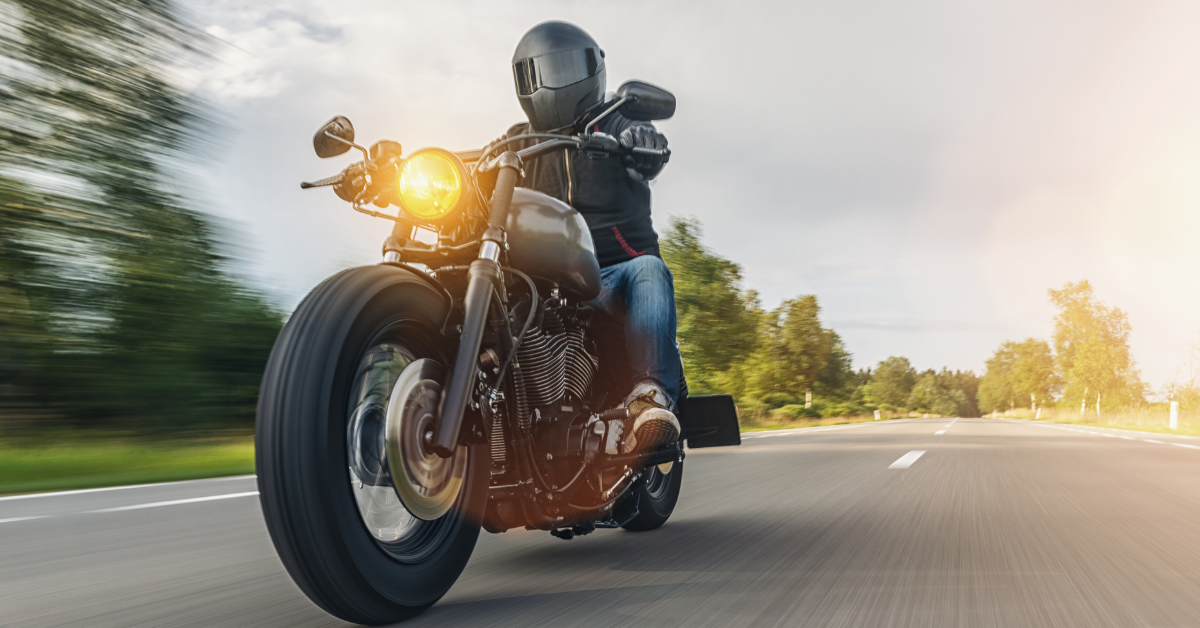Motorcycle Safety Tips for Spring. Spring is a thrilling time for motorcycle enthusiasts as it marks the return of warmer weather and the open road. However, the change in seasons brings its own set of challenges and considerations for riders. In this article of Motorcycle Safety Tips for Spring, we’ll explore essential motorcycle safety tips for spring to ensure a secure and enjoyable riding experience.
Introduction
As winter bids farewell, riders eagerly anticipate the liberating feel of cruising on their motorcycles. However, spring brings unique challenges that demand attention to safety. Riding in this season requires careful consideration of various factors to mitigate risks and enhance overall safety [Motorcycle Safety Tips for Spring].
Preparation is Key
Before hitting the road, it’s crucial to ensure your motorcycle is in optimal condition. Check for any winter-induced damage, assess tire pressure, and inspect tread depth. Proper preparation sets the foundation for a safe and smooth riding experience.
Gear Up for Safety
The right gear can make a significant difference in the event of an accident. Always wear a helmet, gloves, a protective jacket, and sturdy footwear. Investing in high-quality gear is an investment in your safety on the road.
Read more blogs : Hybrid Car Technology Advantages and Disadvantages.
Refresh Riding Skills
Winter can lead to a decline in riding skills due to reduced practice. Consider taking a refresher course to regain confidence and sharpen your abilities on the road [Motorcycle Safety Tips for Spring].
Weather Awareness
Spring weather can be unpredictable, with sudden rain showers or temperature fluctuations. Stay informed about the weather forecast and be prepared with the appropriate gear for varying conditions.
Road Conditions
Winter can leave roads battered with potholes and debris. Be vigilant and scan the road ahead to avoid potential hazards, ensuring a smoother and safer ride.
Visibility Matters
Enhance your visibility to other motorists by wearing reflective gear and adding reflective elements to your motorcycle. Increased visibility reduces the risk of collisions, especially during low-light conditions.
Maintain Safe Speeds
Adjust your speed to match road conditions. Springtime can bring wet and slippery roads, so it’s essential to avoid excessive speeds that could lead to accidents [Motorcycle Safety Tips for Spring].
Stay Alert and Focused
Riding demands your full attention. Avoid distractions like using your phone or adjusting the radio while on the road. Fatigue can also compromise your concentration, so take breaks when needed.
Group Riding Safety
If you enjoy riding in groups, follow safety guidelines such as maintaining proper spacing and using clear communication signals. Group riding can be enjoyable when done with a focus on safety.
Motorcycle Inspection Checklist
Perform a thorough pre-ride inspection using our checklist. Addressing issues before hitting the road prevents breakdowns and ensures a safer journey.
Emergency Preparedness
Carry essential tools and a first aid kit on every ride. Knowing emergency contact information is crucial in case assistance is required [Motorcycle Safety Tips for Spring].
Legal Considerations
Familiarize yourself with local traffic laws, licensing requirements, and insurance obligations. Compliance with legal considerations is paramount for a trouble-free riding experience.
Community Resources
Connect with local motorcycle safety groups to share experiences and tips. Being part of a community enhances your knowledge and promotes responsible riding habits.
Conclusion
As you gear up for springtime rides, prioritize safety. By following these Motorcycle Safety Tips for Spring, you not only protect yourself but also contribute to a safer riding environment for all. Remember, safety is an ongoing commitment that enhances the joy of every ride.
Motorcycle Safety Tips for Spring – FAQs
Yes, wearing protective gear is essential regardless of the temperature. It provides crucial protection in case of accidents.
Consider taking a refresher course annually, especially if you haven’t been riding frequently.
Find a safe place to pull over and wait for the weather to improve. If that’s not possible, ride cautiously, adjusting your speed accordingly.
Group riding can be safer with proper communication and spacing. However, it requires riders to be attentive and follow safety guidelines.
Carry your driver’s license, motorcycle registration, and proof of insurance at all times.





